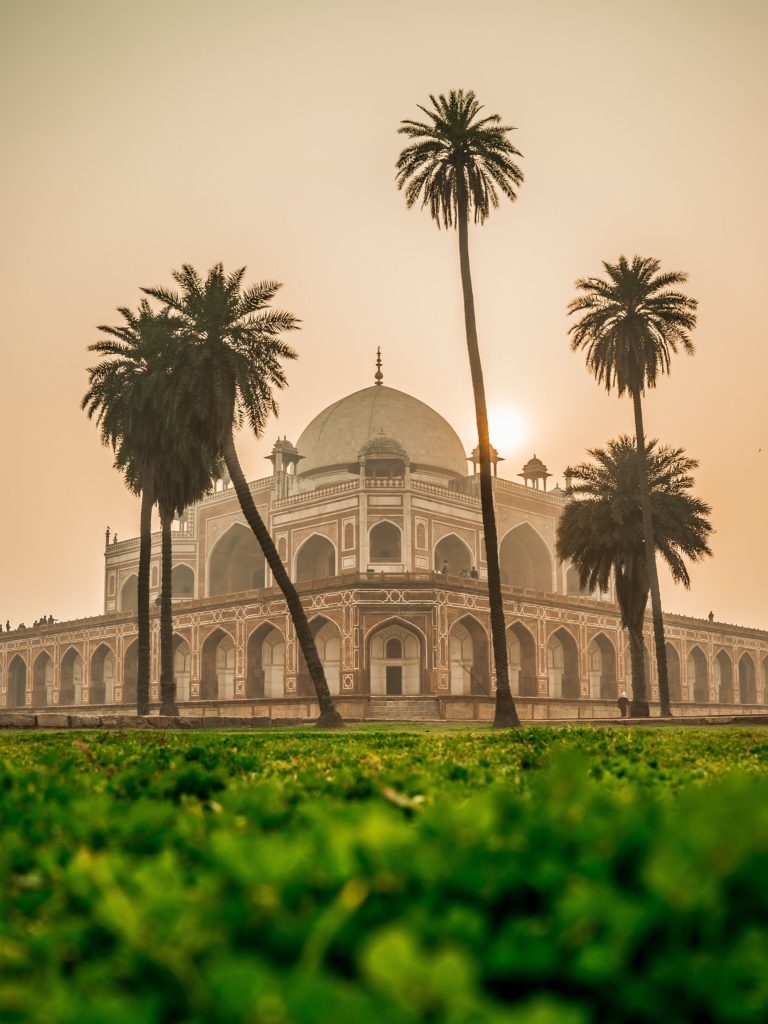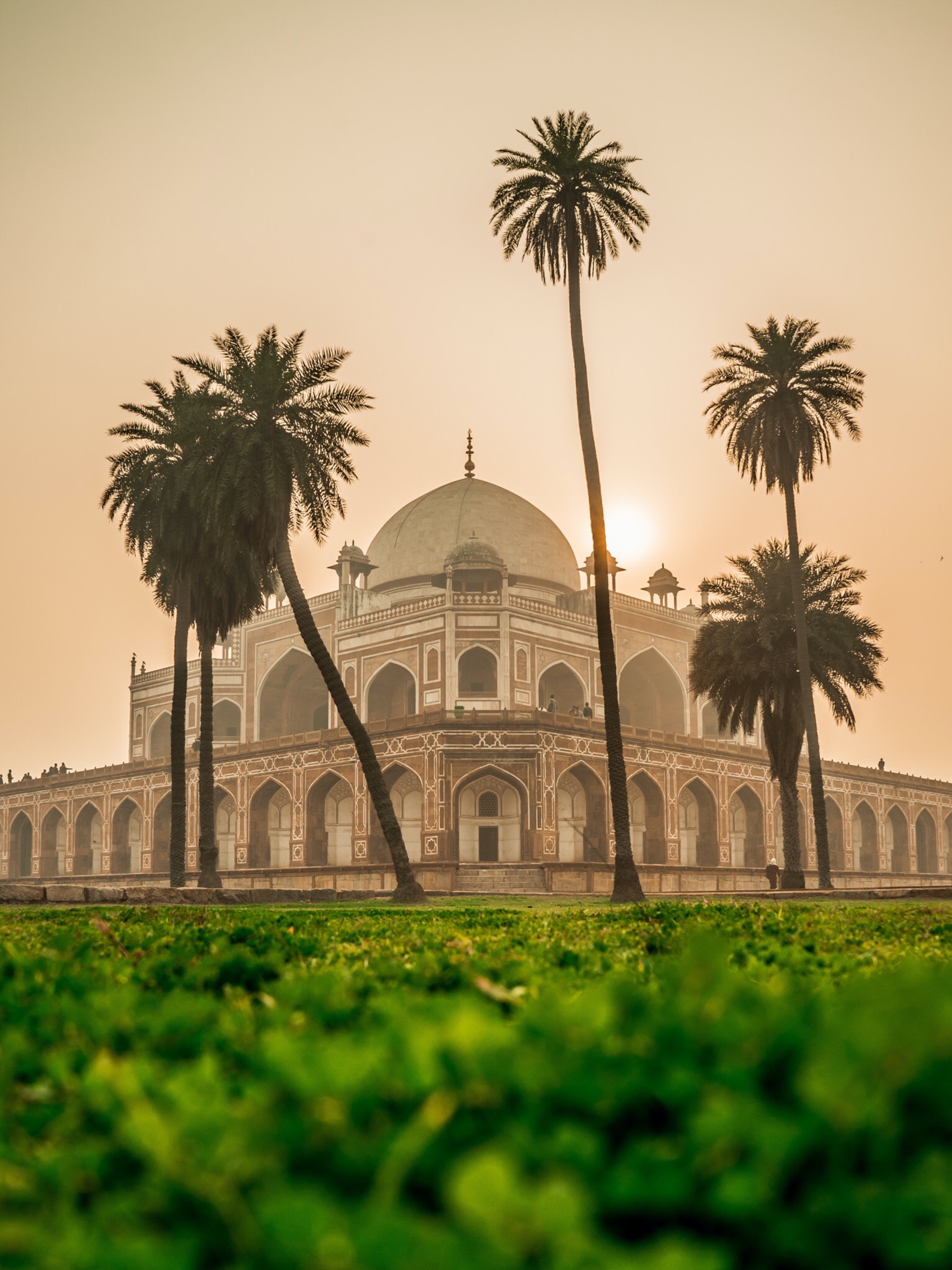
India’s culinary landscape is as vast and diverse as its geography and culture. Each region offers a unique taste profile, deeply rooted in history and tradition, making a journey through India’s kitchens a voyage of discovery and delight. As you consider booking tickets to India, prepare your palate for an exploration of flavours that range from the spicy street foods of Mumbai to the aromatic biryanis of Hyderabad. This article takes you on a gastronomic tour of India, providing insights into the history and cultural significance of its regional delicacies.
Mumbai: The Street Food Capital
Mumbai, the bustling metropolis, is renowned for its street food. The city’s culinary scene is a testament to its melting pot culture, offering everything from spicy vada pav to the sweet and sour pav bhaji. Vada pav, often dubbed the ‘Indian burger’, consists of a deep-fried potato dumpling nestled in a bread bun, served with spicy and sweet chutneys. This dish, originating from the streets of Mumbai, symbolises the fast-paced life of the city, providing a quick, satisfying meal for busy Mumbaikars.
Punjab: The Land of Tandoori and Butter Chicken
Punjabi cuisine is celebrated for its rich, buttery flavours, with dishes like tandoori chicken and butter chicken taking centre stage. The tandoori cooking style, which involves marinating meat in yoghurt and spices before cooking it in a clay oven, has roots dating back to the Indus Valley Civilisation. Butter chicken, a creamy tomato-based curry, was created in the kitchens of Delhi by Punjabi chefs, quickly becoming a favourite across the country and beyond. These dishes reflect the agricultural richness of Punjab, with its bountiful produce and love for dairy.
West Bengal: A Symphony of Fish and Sweets
The culinary traditions of West Bengal are deeply influenced by the region’s rivers and estuaries, making fish a staple in Bengali cuisine. Dishes like hilsa fish curry, prepared with mustard seed paste, and paturi, fish wrapped in banana leaves and steamed, showcase the delicate flavours and innovative cooking methods of Bengal. The region is also famous for its desserts, such as roshogolla and mishti doi, which hold a special place in Bengali culture and celebrations.
Kerala: The Spice Garden of India
Kerala’s cuisine is a reflection of its lush landscape, rich in spices. Coconut, tamarind, and curry leaves feature prominently, creating dishes that are both aromatic and flavourful. Kerala’s fish curry, made with kokum and coconut milk, and sadhya, a vegetarian feast served on a banana leaf, highlight the state’s mastery of balancing flavours. The historical spice trade has had a profound influence on Kerala’s cuisine, introducing a variety of spices that are now integral to its culinary identity.
Hyderabad: The City of Biryani
Hyderabadi cuisine is a legacy of the Nizams, blending Mughlai, Turkish, and Arabic influences with local Telugu and Marathwada flavours. The star of Hyderabadi cuisine is undoubtedly its biryani, a fragrant rice dish cooked with marinated meat, saffron, and a blend of spices. The preparation of Hyderabadi biryani is an art form, reflecting the city’s rich history and cultural diversity. The dish is a symbol of Hyderabad’s hospitality, often served at weddings and other celebrations.
Booking Your Culinary Journey
Booking your tickets to India is the first step towards experiencing its rich culinary heritage. Each region offers a unique palette of flavours, shaped by its history, geography, and culture. As you travel from the spicy streets of Mumbai to the aromatic kitchens of Hyderabad, remember to explore with an open mind and an adventurous palate. India’s culinary landscape is a treasure trove of flavours waiting to be discovered, promising a journey that will tantalise your taste buds and enrich your understanding of its diverse culture.
Participating Respectfully
As you embark on this culinary journey, it’s important to approach each meal with respect for the local traditions and practices. From the way food is prepared and served to the customs surrounding eating, there’s much to learn and appreciate about India’s food culture. Engage with local chefs and food vendors, ask questions about the dishes, and show appreciation for their culinary skills. This journey through India’s kitchens is not just about tasting different foods but also about understanding the stories and traditions that make each dish special.
In conclusion, India’s culinary scene is a mosaic of flavours, each telling its own story of people, places, and history. Whether it’s through the spicy street foods of Mumbai, the rich curries of Punjab, the delicate fish dishes of Bengal, the aromatic spices of Kerala, or the celebratory biryanis of Hyderabad, India promises a culinary adventure like no other. So, as you book your ticket to India, ready yourself for a journey that will feed your soul as much as your stomach.











